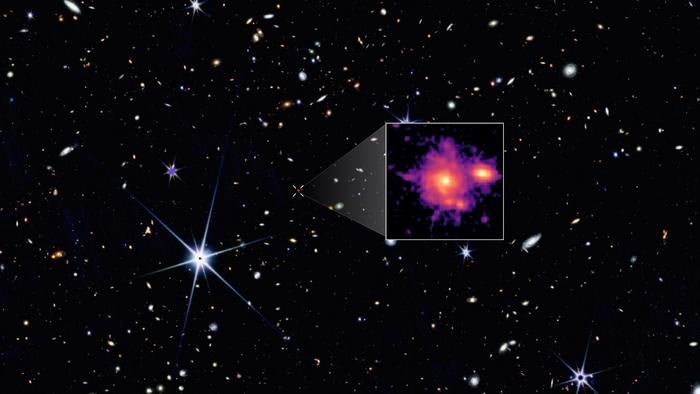Brighter Side of News
2d
207

Image Credit: Brighter Side of News
Most distant spiral galaxy ever found shatters theories of cosmic formation
- The spiral galaxy Zhúlóng, resembling the Milky Way, challenges theories of cosmic formation by existing just a billion years after the Big Bang.
- The James Webb Space Telescope (JWST) revealed Zhúlóng's mature features, such as a clear bulge, bright spiral arms, and a well-formed disk similar in size to the Milky Way.
- Zhúlóng's properties, including its stellar mass, size, and structure, defy previous expectations of galaxy evolution.
- The galaxy's star formation rate, efficient conversion of baryons into stars, and early appearance suggest rapid growth and complexity in the early universe.
- JWST's discoveries indicate that galaxies formed faster and earlier than previously thought, with some exhibiting spiral structures even at redshifts above 5.
- The variety of galaxy paths observed, like the differences between compact and bright early galaxies, challenges existing models of cosmic structure formation.
- Future observations from JWST and ALMA are expected to provide further insights into Zhúlóng's formation and the efficiency of early universe galaxy growth.
- Zhúlóng's existence implies a need to reconsider the timeline and efficiency of cosmic structure formation processes, hinting at a more complex early universe than envisioned.
- This discovery underlines JWST's impact on reshaping our understanding of the early universe and the diverse formation pathways of galaxies.
- Zhúlóng, a distant spiral galaxy, not only challenges notions of cosmic evolution but also offers new perspectives on how galaxies form and evolve rapidly in the cosmic timeline.
Read Full Article
12 Likes
For uninterrupted reading, download the app